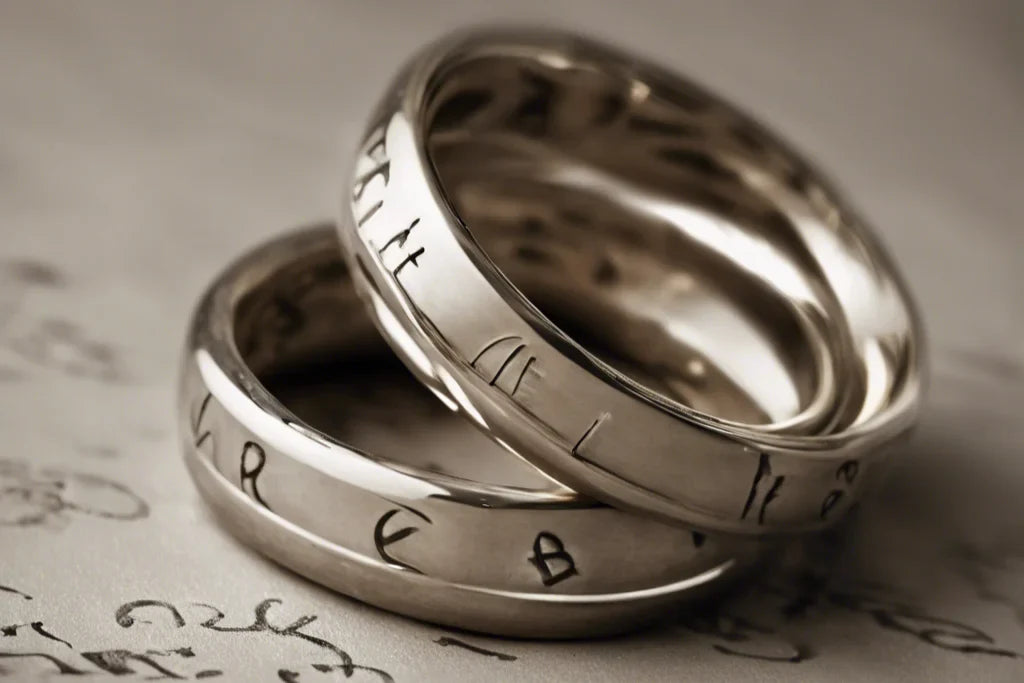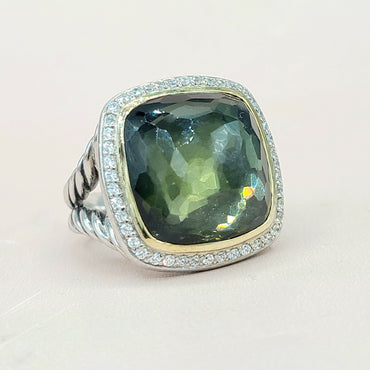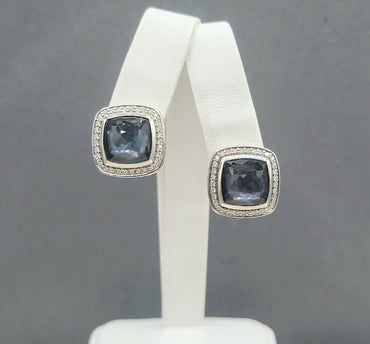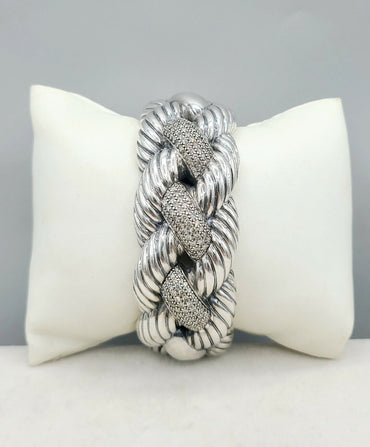
Unlock Jewelry Secrets: What the Marks Really Mean!
Jewelry is much more than a mere accessory; it is an art form that encapsulates stories, emotions, and history. Each piece you wear can reflect personal milestones, cultural heritage, and even artistic expression. However, many of us overlook the intricate details that make these items unique—the symbols and markings that often adorn them. These markings speak a hidden language, conveying essential information about the craftsmanship, quality, and authenticity of your jewelry.
Understanding these symbols can significantly enhance your appreciation of your adornments, whether you're a seasoned collector or a casual wearer. From purity marks that reveal the metal’s quality to manufacturer’s marks that authenticate the piece's origin, each symbol serves a purpose. They provide insights into the craftsmanship behind the jewelry and can even affect its value in the eyes of collectors and appraisers.
As you navigate the dazzling world of fine jewelry, you'll encounter various symbols, each with its own story to tell. Have you ever wondered what those tiny numbers and letters mean? Why are some pieces stamped with a crown or a specific logo? By unlocking the meanings behind these symbols, you not only empower yourself with knowledge but also deepen your connection to the jewelry you cherish.
In this blog post, we will explore the fascinating world of jewelry symbols. We'll break down the common markings you might encounter, explain their significance, and guide you on how to care for your pieces while preserving these vital identifiers. Join us on this journey as we unveil the secrets hidden within your jewelry, enriching your understanding and appreciation of these exquisite treasures.
1. Purity Marks
Gold:
When it comes to gold jewelry, you’ll often see:
- Karat Marks: Symbols like 10K, 14K, 18K, or 24K indicate the gold content. The higher the karat, the more pure gold is present.
- Millesimal Fineness: Numbers such as 750 (for 18K) or 585 (for 14K) show the percentage of gold within the alloy. This notation allows consumers to understand exactly how much gold is in their jewelry.
Silver:
Silver jewelry commonly features:
- Sterling Silver: The number 925 signifies that the piece contains 92.5% pure silver, the standard for high-quality silver.
- Other markings, like 800 or 835, indicate varying silver content, guiding buyers toward their desired quality.
Platinum:
Platinum pieces usually display marks like 950 or simply Plat, indicating a composition of 95% platinum, known for its rarity and durability.
2. Manufacturer’s Marks
Jewelry often carries symbols, initials, or logos identifying the jeweler or designer. These marks not only authenticate the piece but also help trace its origin, allowing you to appreciate the craftsmanship and brand behind it. Many collectors value this information for its role in determining the piece's provenance.
3. Country of Origin
Certain symbols indicate the country where the jewelry was crafted. For instance, a crown symbol may suggest European origin. Understanding these marks can add a layer of historical context to your piece, enriching its story and value.
4. Gemstone Symbols
If your jewelry includes gemstones, there may be additional symbols or markings indicating the type or quality of the stone. This can be particularly valuable for collectors who wish to understand the characteristics and origins of the gems embedded in their pieces.
5. Hallmarks
Many countries employ hallmarking systems that detail the metal's purity, the maker, and the assay office that certified it. These marks are often small and found discreetly on the inner part of rings or clasps of necklaces. They serve as a guarantee of quality and authenticity, reassuring buyers about their investment.
6. Caring Symbols
Some jewelry pieces feature symbols that communicate care instructions, informing you about suitable cleaning methods and maintenance practices. Following these guidelines is essential to preserve the beauty and longevity of your jewelry.
Conclusion
Understanding the symbols on your jewelry can significantly enhance your appreciation of it. If you’re ever unsure about the meaning of a particular mark, consulting a professional jeweler can provide clarity and insights into the piece’s origin, authenticity, and value.
The Risks of Removing Symbols
While you might consider altering or removing symbols or markings from your jewelry, it's generally not advisable. Here’s why:
-
Identification and Authenticity: Symbols often indicate crucial information, such as metal purity (e.g., 14K, 925) and the manufacturer’s mark. Removing these can obscure vital details, making it difficult to verify authenticity and quality.
-
Resale Value: If you ever decide to sell your jewelry, the original markings can enhance its value and appeal to potential buyers. Collectors and jewelers often seek these marks as part of their evaluation process.
-
Potential Damage: The act of removing symbols can risk damaging the jewelry itself, affecting its integrity and appearance. You may inadvertently create scratches, dents, or a compromised finish.
-
Craftsmanship and History: The markings contribute to the piece’s history and craftsmanship. Removing them can detract from its overall character and story, diminishing its sentimental and aesthetic value.
If you're concerned about the visibility or appearance of the symbols, it’s advisable to consult a professional jeweler. They can offer guidance on caring for the piece without compromising its integrity.
Adding or Restoring Symbols
Yes, you can have symbols or markings added back to your jewelry, but there are several considerations to keep in mind:
-
Professional Assistance: It's crucial to work with a qualified jeweler experienced in metalworking who understands the significance of these markings. Their expertise will ensure the markings are applied correctly and responsibly.
-
Type of Markings: You can add purity marks (like 14K, 18K, or 925) or manufacturer marks, but make sure any added markings accurately reflect the materials used. Misleading markings can harm your reputation and the piece’s value.
-
Legal and Ethical Considerations: Adding marks that imply a different metal purity than what the piece actually contains can be misleading and may have legal ramifications. Always be honest about the materials used to avoid complications.
-
Aesthetic Considerations: Think about how the added markings will affect the appearance of the jewelry. You want to maintain its beauty and integrity while ensuring that the markings serve their purpose.
-
Cost: Keep in mind that adding markings may incur additional costs. It’s best to discuss this with your jeweler beforehand to understand the financial implications.
If you're looking to restore or enhance original markings after they’ve been removed or worn down, a jeweler can often help with that too. Clear communication about your needs will ensure the best results, preserving the integrity and value of your cherished jewelry.




